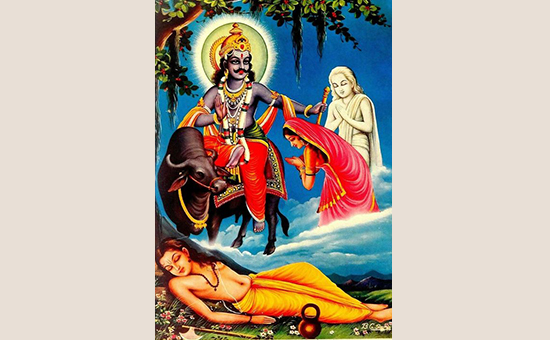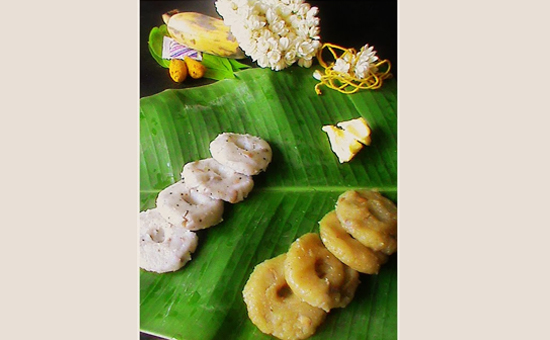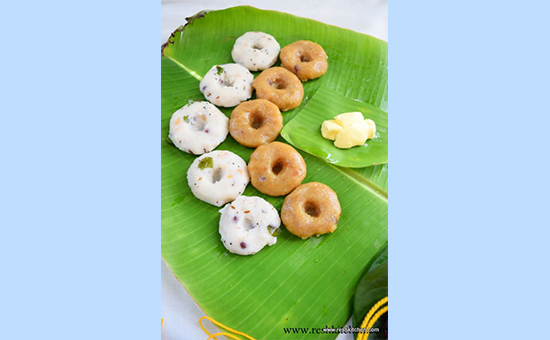- While ‘Karva Chauth’ is a well-known festival celebrated in Northern India, wherein women observe a fast and pray for the long-lives of their husbands, a similar, not-so-well-known festival called ‘Karadaiyaan Nombu’ is celebrated by women in the Southern parts of India comprising of some unique rituals and practices.
- The article puts the spotlight on this quaint
celebration, which has its origins in the story of Savitri, who won over the
God of Death, Yama, to bring her husband Satyavaan back to life.
Karadaiyaan Nombu is a festival
celebrated by women in many parts of Southern India by observing a fast and
praying for the long lives of their husbands. This festival is similar to the
more well-known Karva Chauth celebrated
in Northern India and Vat-Savitri Puja
in Maharashtra and other central and western states.
The festival is celebrated at the exact time when the Tamil month of ‘Maasi’ ends and the month of ‘Panguni’ begins - typically around mid-March. This auspicious ‘muhurtham’ is also known as Meena
Sakranthi. The rituals followed are unique and steeped in legend and
antiquity, with unbroken traditions being passed on from one generation of
women to another.
Invoking the legend of Savitri
सावित्री पतिशुश्रूषां कृत्वा स्वर्गे महीयते।
तथावृत्तिश्च याता त्वं पतिशुश्रूषया दिवम्।। 2.118.10
।।
In
the 118th Canto of the Ayodhyakaanda of Valmiki Ramayana, Sita talks about Savitri and lauds her devotion towards her husband, Satyavaan, when she tells Anasuya, “Having rendered service to her husband all her life, Savitri (the celebrated wife of Prince Satyavaan), is honoured in heaven. Likewise, you too having followed the same path, have virtually ascended to heaven through service to your husband.”
The legend of Savitri is popular from the time of the Ramayana and also finds detailed mention in the Vana Parva of
the Mahabharata wherein her story is recounted by Rishi Markandeya to
Yudhisthira and his brothers.
 Savitri. Pranams.
Savitri. Pranams.
The ‘Karadaiyaan Nombu’ festival invokes the legend of Princess Savitri, who by the sheer power of her austerities and devotion towards her husband, Satyavaan, forced even Lord Yama, the God of Death to reverse his decision and brought her husband back to life. This festival is also known as Savitri vratam. It is believed that on this auspicious day, Satyavaan’s life was restored by Yama who had to yield to Savitri’s determination and devotion.
Rituals and ‘prasaadam’
The
fast observed by married women on this day is broken by offering as naivedyam, doughnut shaped rice cakes called
nombu adais cooked with white kidney beans (cow-gram or ‘lobiya’), grated coconut and jaggery. A savoury version is also prepared with the same ingredients replacing jaggery with green chillies and salt. These rice cakes are steamed and served along with blobs of unheated and unsalted butter. The puja offering also includes traditional vettalai-paaku (betel leaves with areca nuts), flowers, coconuts, bananas along with haldi-kumkum.
 Nombu
Nombu
The
most important aspect of the puja ritual is chanting of slokas and offering
prayers for the long lives of their husbands by married women, who then tie the
nombu-charadu - a sacred yellow thread - around their necks. Even unmarried young girls tie the sacred thread around their necks praying for good husbands and happy married lives in the future.
In many families, this sacred yellow thread is also tied around the ‘murti’ or photograph of Goddess Gauri (Parvati) and around the ‘Tulsi’ plant in the house. There is also a tradition of tying this thread around a ‘kalash’ (or pot) with ‘Gangajal’ (water of the holy river Ganga) in some families.
Only
after tying the sacred thread around their necks, the naivedyam offering or prasaadam comprising of the rice cakes (‘nombu adais’), is consumed by the women.
In some families, as part of the rituals, Goddess Kamakshi (Parvati) is worshipped with a ‘shodashopachara puja’ comprising of sixteen Vedic ritual-steps.
 Prasaadam.
Prasaadam.
Traditional ‘kolams’ or rangolis adorn the ‘puja-rooms’ and homes on this day, which is observed with piety and dedication. Elderly women in the family take on the mantle of guiding younger members ensuring that certain family-specific practices associated with the festival are also diligently carried forward.
Celebrating the ‘sacred’ in every aspect of life
Even though festivals such as Karva Chauth, Vat-Savitri and Karadaiyaan Nombu are celebrated in different parts of the country in different ways, they symbolise the same spirit and ethos – that of honouring the people that constitute our world and celebrating our cherished bonds. (Karva Chauth has caught popular imagination because of being seen in Bollywood and Ekta Kapoor’s serials. Karadaiyaan Nombu is a simpler festival that is performed by a woman alone unlike Karva Chauth where women gather together to see the moon).
The element of ‘sacred’ entrenched in our rituals, practices and festivals remains key to our unbroken traditions and heritage that have been diligently preserved and handed down across generations. These rituals and practices keep us bonded to nature, to our families, to society and to the all-pervasive divine.
To read all
articles by author
To
see pictures of Marriage Temple Thirumanancheri
All you want to know about Karva Chauth
Significance of Karwa Chauth